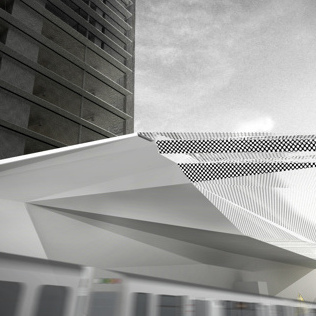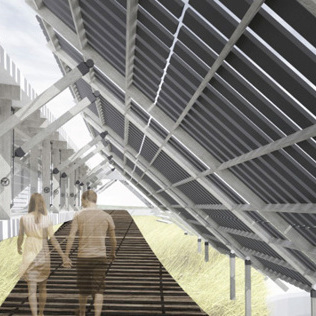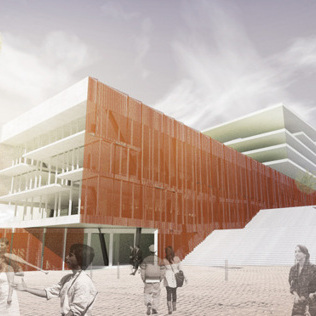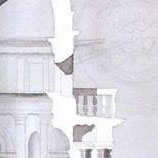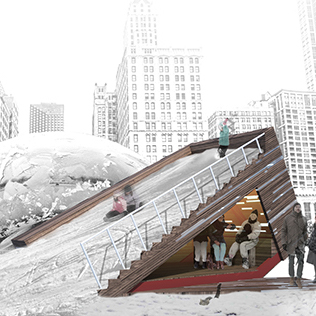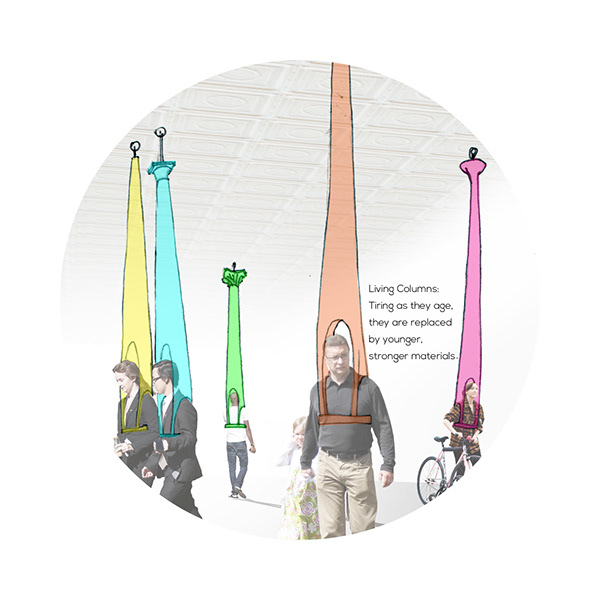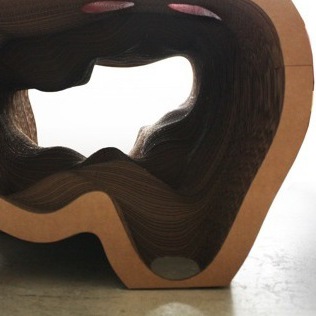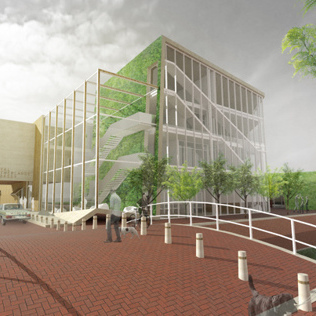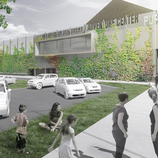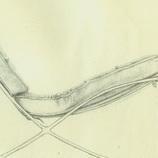The majority of fall semester 2012 was spent analyzing and redesigning a portion of Washington D.C. south of the Mall. Redeveloped in the 50s and 60s, the neighborhood today, consisting primarily of oversized federal office buildings, lacks the diversity and urban structure to support a healthy community. Our investigation of the current conditions informed our redesign illustrated below. Some buildings were saved for reasons such as historical significance or potential for adaptive reuse. A majority of the district, though, was redesigned as much of the infrastructure was to be restructured anyway (because of the convoluted and layered complexity of the street network that exists). Several street types were identified in the plan that varied in width depending on the perceived activity (determined with factors such as type of fabric, connectivity of streets to the rest of the city, and location in the district). The building heights of new buildings are proportional to street widths. A Form-Based Code was then developed for each of the street types to define buildings elements such as orientation, fenestration, height, and number of stories. Additionally, we analyzed our plan and compared it to the current conditions by testing elements such as block size, number of connections, and pedestrian network potential.
The objectives determined as a class for the reimagining of the Southwest District are:
DEFINE AN AREA OF STUDY AS:
- The area connecting the National Mall to the Southwest Waterfront
- The area connecting the National Mall to the Southwest Waterfront
- The area spanning 1-395
STUDY THE DEFINED AREA IN ORDER TO DISCERN:
- The unique aspects of this area
- The qualities lacking in the area that are found in areas with similar conditions
- The qualities lacking in the area that are found in areas with similar conditions
- The relationship of the area to its context
CREATE A SOLUTION THAT:
- Emphasizes unique and desirable aspects of the area such as the waterfront
- Emphasizes unique and desirable aspects of the area such as the waterfront
- Introduces the necessary missing qualities of the area
- Reimagines the Southwest Quadrant as an independently functioning district of neighborhoods
- Responds to and mends the relationship of the area to its context
- Reconstitutes the street grid over I-395 in a hybrid system that allows for through traffic
- Introduces fine grain urban fabric that would improve the environment and create healthier city life
Identification of existing transporation networds in Washington D.C.
Tissue diagram for 1917, 2012 and the Proposed plan.
Identification of civic buildings in the proposed plan. Many of these sites were chosen for our building design projects for the last month of the semester.
Street sections of proposed plan. Through traffic on highway 395 is covered in order to reconnect the neighborhoods north and south of the highway. The train is also rerouted to run alongside the highway in order to reclaim land on grade for redevelopment.
Renderings of proposed plan
Structure diagram highlights major district elements such as the waterfront, the highway with through traffice below and boulevard above, diagonal streets of the L'Enfant plan, parks, 10th street as a primary pedestrian boulevard, and 7th street as a major commercial street that connects to the rest of the city across the Mall.
